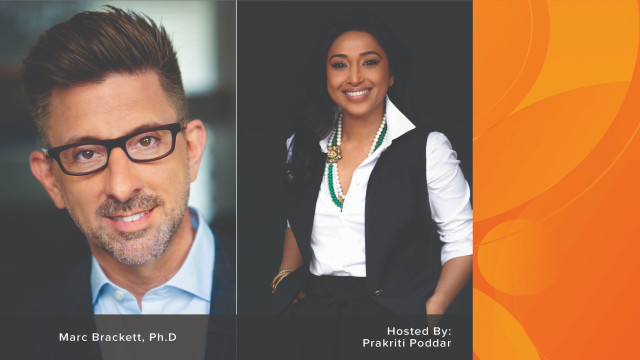How I Learned To Like Myself

From a difficult start in the orphanage system to becoming a rebellious clubber, then an international journalist and playwright, Valerie (Vimalasara) Mason-John's path to spirituality and self-acceptance has been anything but simple.
Softening her heart and improving her relationship with herself didn't come easy — but it did happen, and she now teaches others how to do the same. Here, she talks about noticing everyday miracles, the link between meditation and incarceration, and the three feelings we have.
Q: How did you first discover meditation?
A: I first experienced meditative states when I was incarcerated as a teenager for shoplifting and had to be in solitary confinement. I was stuck in a cell with just a concrete slab as a bed, no reading material, and only 15 minutes a day to go out and get some fresh air – if I was lucky.
Incarceration was a strange experience, of course, but even stranger for me was that it spontaneously put me in an altered state of mind, which I now recognize as a meditative state.
When I was 18 years old and going out to clubs, I began experiencing meditative states on the dance floor — and even though I would go into those states, I didn't know how to verbalize what was happening or share it with others.
I was introduced to formal meditation while working as an international correspondent a few years later, covering aboriginal lands in Australia. I was 25 at the time and had the privilege of living indigenously with aboriginal people for about four months; experiencing their mindful way of living transformed my life forever.
I knew I needed something like this in my life, luckily, when I returned to England, many of my friends were meditating at the time, so the practice was there for me when I needed it. I started engaging in transcendental meditation, which affected my voice; it softened, and people noticed.
Q: How did you find the meditation style you practice nowadays?
A: After practicing transcendental meditation for about a year, my teacher moved to India, so I decided to try something different. I found the Triratna Buddhist Community that focuses on two kinds of teaching: mindfulness of breathing and metta bhavana, known in the West as loving-kindness.I couldn't stand mindful breathing at first as my brain was too restless at the time. However, loving-kindness resonated with me. I felt my heart chakra opening every time I sent wishes of happiness and freedom from suffering to the whole world. It was incredibly powerful.
Today, I love mindfulness of breathing, too, because it helps me become aware of all the subtle things in life I missed out on because I was busy waiting for that considerable life experience to happen. We all constantly do this — wait for something extraordinary in our lives while ignoring all the little miracles that take place around us throughout the day.
Today I incorporate many different styles into my meditation practice, but my backbone remains the same: loving-kindness and the anapanasati, which are the 16 stages of mindfulness of breathing. I practice these methods for an hour each day.
Q: What's your top tip for a beginner meditator?
A: My top tip is simple: Realize that it is OK to like yourself.
As I mentioned, when I started practicing Buddhism, I enjoyed the practice of loving-kindness. I didn't mention that sending loving-kindness to myself was extremely challenging because I didn't like myself. As a teacher, I've noticed this is the case for many people, which is why I developed a practice called The Five Basic Needs of the Heart. I created it to help my students develop and nurture a good relationship with themselves as the first step toward healing.
Q: Who's had the most significant impact on your work?
A: It has to be the Buddha! He's brought me to mindfulness and Buddhism and has transformed my life.
Q: What are your favorite topics to teach?
A: Currently, I focus on the fact that there are only three feelings: pleasant, unpleasant, and neutral. These feelings are stories we create in our minds that make us react in certain ways to specific events; they aren't set in stone. When people understand this, it puts them on the path to liberation.
I also focus on teaching awakening. I want my students to know that it's possible to experience an awakening, and it doesn't have to be this big, lofty thing. Awakening begins by becoming more mindful, investigating our mental states, becoming aware of energy arising in the body, feeling more tranquility, and tapping into concentration, equanimity, and joy more often. By developing these qualities, you can find liberation from the hindrances of the mind, like ill will, doubt, anxiety, and restlessness.
If I were to put it in three words, they would be these: I teach freedom.
Try this course, Detox Your Heart of Anger Fear and Hatred, with trauma expert Valerie (Vimalasara) Mason-John as you embark on your path to liberation.
Header photo: Yanjf/iStock/Getty Images Plus







